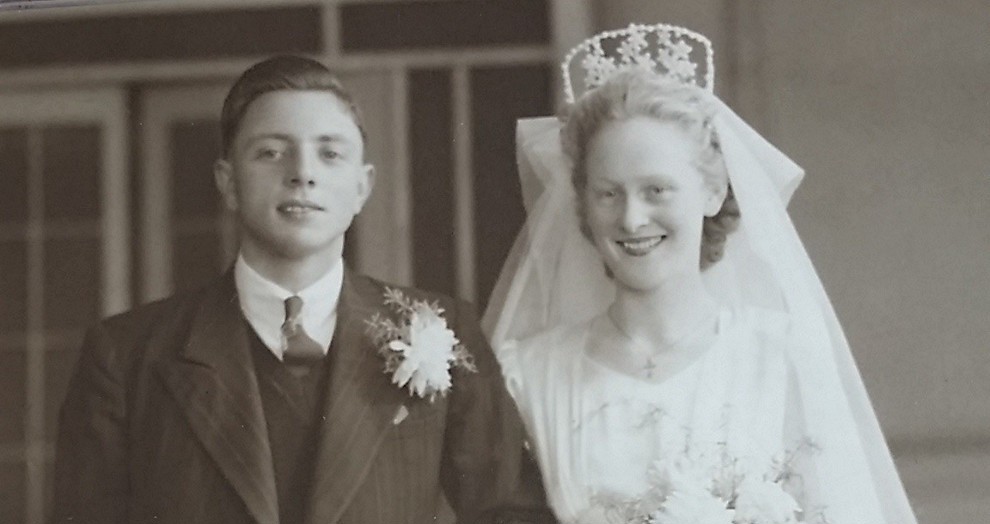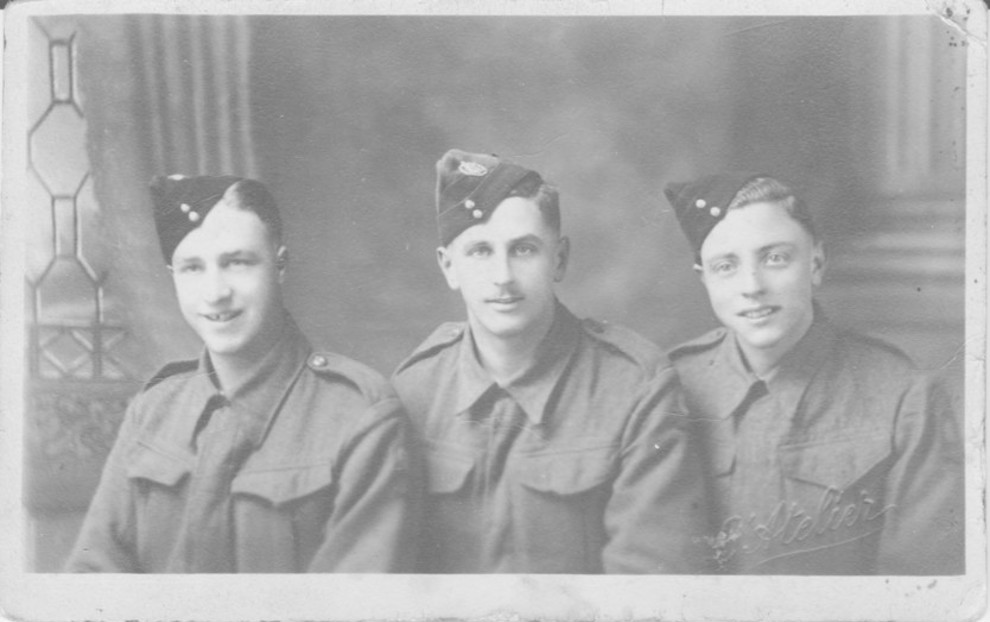May 8th, 2025, marks the 80th anniversary of the Allied victory over Nazi Germany during WW2, which is now known as Victory in Europe Day or “V-E Day”.
On May 7th in 1945, the Third Reich unconditionally surrendered to the Allies, which ended the war in Europe.
Britain's prime minister, Winston Churchill, addressed the nation and the rest of the world over a radio broadcast to announce the surrender of Nazi Germany.
The surrender came as no surprise to the Allied nations, as during the final weeks of the war, dictator of Nazi Germany Adolf Hitler committed suicide as Allied troops entered Berlin.
Hostilities will end officially at one-minute after midnight, tonight, Tuesday the 8th of May. Today is Victory in Europe Day.
Winston Churchill
In Britain and across Europe, millions took the streets to celebrate the end of almost six years of war. V-E Day celebrations erupted all over Britain, with the largest crowds outside Buckingham Palace in London to see the Royal Family and Winston Churchill.
The joyous scenes across Britain during the V-E Day celebrations were well documented with photos being taken of citizens and soldiers waving flags, dancing in the streets and climbing up lamp posts or statues to get a better view of the enormous crowds.
For those that were alive and old enough to remember, many have personal stories of that unforgettable day on May 8th in 1945.
Kenneth and Barbara’s V-E Day Story
WW2 veteran Kenneth Pickard had a special reason to remember the celebrations of V-E Day – as it was the night he met the love of his life – Barbara.
Barbara, who was 20 at the time of the V-E Day celebrations recalled: “I remember there was music and dancing and he [Kenneth] was on his own. No one was talking to him so I smiled and he gave a half-smile back.”
During WW2, Kenneth served in the Hampshire Regiment and lost his right leg in fighting after D-Day. Using crutches, he struggled to make his way to the local park, but was determined to join in with the national celebrations on V-E Day.


After plucking up the courage to talk to each other, Barbara remembered: “He didn’t mention his injury at all.”
“He was very worried about his job, as he was an only child and had to look after his mother.”
Soon after, they fell in love and wed 18 months later at their local church in Trowbridge, Wiltshire. Kenneth returned to his job as a newspaper printer after the War, and as a result of his amputation, he became a Blesma Member, which gave him access to support and advice after suffering the loss of a limb.
Living with an amputation was very tough for thousands of veterans after WW2. Over 475,000 British servicemen were injured and approximately 12,000 lost limbs. Blesma were determined that the war limbless would not suffer neglect after the end of WW2.
Header image: © IWM (EA 65796)
We can help
We are dedicated to assisting serving and ex-Service men and women who have suffered life-changing limb loss or the use of a limb, an eye or sight. We support these men and women in their communities throughout the UK. Click the link below to find out the different kinds of support we offer.
Get Support